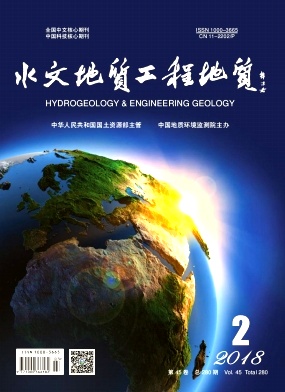SUNShuqin, . Influencing factors for unloading characteristics of saturated loess[J]. Hydrogeology & Engineering Geology, 2018, 45(2): 59-59. doi: 10.16030/j.cnki.issn.1000-3665.2018.02.09
| Citation: |
SUNShuqin, . Influencing factors for unloading characteristics of saturated loess[J]. Hydrogeology & Engineering Geology, 2018, 45(2): 59-59. doi: 10.16030/j.cnki.issn.1000-3665.2018.02.09
|
Influencing factors for unloading characteristics of saturated loess
More Information
-
Corresponding authors:
SUNShuqin ; ; ; ;
-
Abstract
The deformation and destruction of loess slopes have become a common phenomenon in the excavation process. Different excavation rates will lead to different slope deformation characteristics. The stress-strain characteristics, the development of pore pressure and the stress path of saturated loess under unloading conditions are studied based on the unloading triaxial tests. The research results indicate that the higher consolidation pressure and the larger unload rate will produce larger deviatoric stress and greater shear strength. When the unloading rate is constant, the value of pore pressure at the initial stage of soil unloading is negative. As it increases to a positive value, the growth rate of the pore pressure begins to decrease during the subsequent growing process. The higher consolidation pressure produces the larger corresponding pore water pressure. In the unloading triaxial test, the loess is characterized by strain softening and the shear failure strain ranges from 1% to 3%. In addition, the higher consolidation pressure may result in the smaller shear failure strain. When the consolidation pressure is constant, the larger unload rates will produce the larger growth rates of pore water pressure and the smaller values of pore water pressure.
-

-
-
Access History







 DownLoad:
DownLoad: